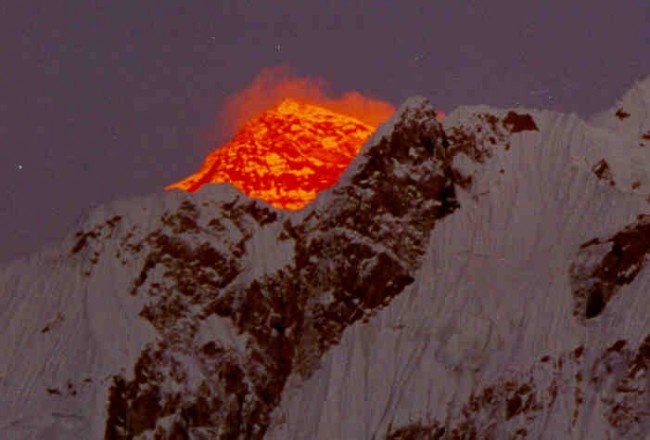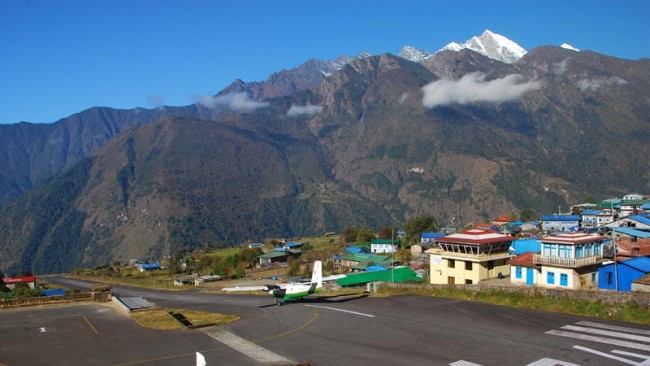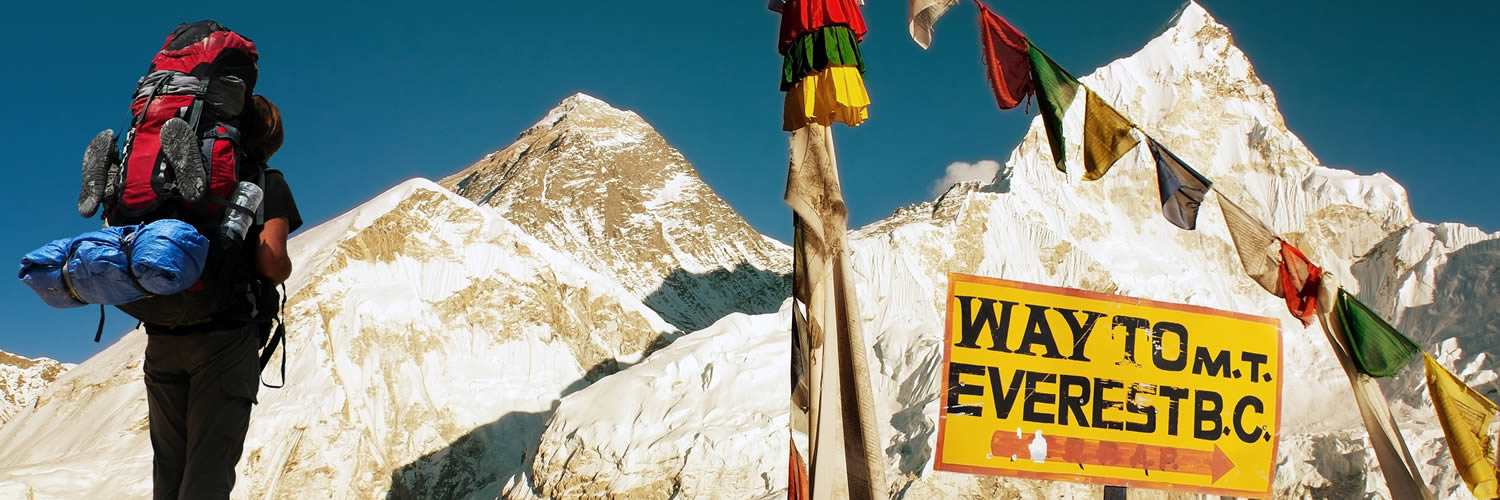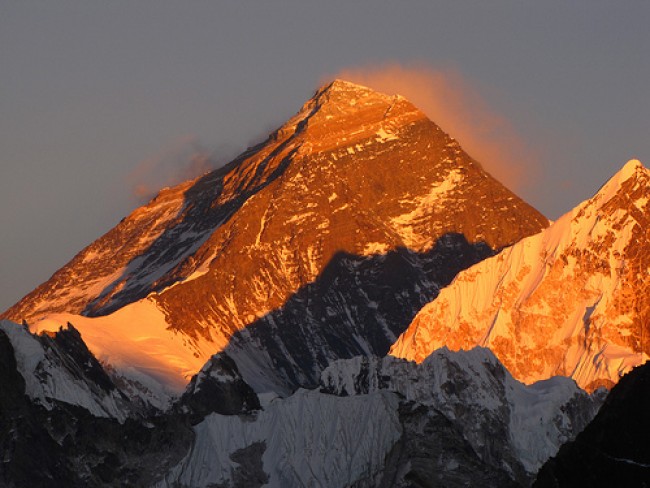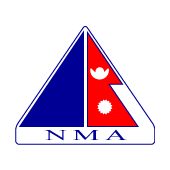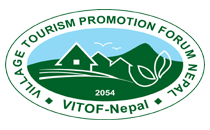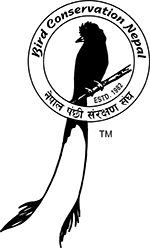Overview of Ama Dablam Base Camp Trek 12 Days, Package
Welcome to the breathtaking world of Ama Dablam Base Camp Trek! This 12-day adventure is a journey of a lifetime, offering trekkers a chance to immerse themselves in the heart of the Himalayas. Ama Dablam, often referred to as the "Matterhorn of the Himalayas," is a spectacular peak in the Everest region of Nepal. Our comprehensive package promises an unforgettable experience for all adventure seekers.
What This Package Offers
Our Ama Dablam Base Camp Trek package is carefully curated to provide you with an extraordinary adventure, allowing you to explore the stunning landscapes, rich culture, and warm hospitality of the Khumbu region.
Here's what you can expect from our exclusive package:
Professional Guidance
Expert local guides and porters accompany you throughout the trek, ensuring your safety and providing insightful knowledge about the region.
Scenic Trekking
Traverse through lush rhododendron forests, charming Sherpa villages, and awe-inspiring Himalayan vistas.
Ama Dablam Base Camp
The highlight of the trek, reaching the Ama Dablam Base Camp, where you'll witness the towering beauty of this iconic peak.
Cultural Immersion
Interact with the Sherpa community, visit ancient monasteries, and experience their unique traditions and way of life.
Accommodation
Stay in cozy tea houses and lodges along the trek, providing a comfortable and authentic Himalayan experience.
Delicious Cuisine
Savor local and international cuisine to fuel your trekking adventure.
Highlight of the Base Camp Trek
The highlight of the Ama Dablam Base Camp Trek is undoubtedly reaching the base camp of Ama Dablam itself. You'll stand in awe of this majestic peak, surrounded by breathtaking landscapes, pristine wilderness, and serene surroundings. This moment will be etched in your memory forever, as you capture the essence of the Himalayas.
Cost of the Package
The cost of our Ama Dablam Base Camp Trek package is tailored to provide excellent value for the comprehensive experience it offers. The customized price is 1120 USD which may vary, so please contact us for a personalized quote.
Best Season for This Trek
The best time to embark on the Ama Dablam Base Camp Trek is during the autumn (September to November) and spring (March to May) seasons. These months offer stable weather, clear skies, and the most favorable trekking conditions. Avoid the monsoon season (June to August) and extreme winter (December to February) due to challenging weather conditions.
Duration of the Trek to Reach Ama Dablam Base Camp
The Ama Dablam Base Camp Trek is a 12-day journey, including arrival and departure days. This itinerary allows for acclimatization and a comfortable pace, ensuring you have an enjoyable and safe adventure,. You can reach there within 6 days.
Ama Dabalam Peak and Ama Dabalam Base Camp Altitude
Ama Dabalam Mountain stands at an altitude of 6,812 meters. There are two summits of the peaks. The main peak is 6,812 meters (22,349 ft); the lower western peak is 6,170 meters (20,243 ft). Ama Dablam is the third most popular Himalayan peak for permitted expeditions.
The altitude at Ama Dabalam Base Camp is 4600 m. This trek is best for trekkers with short time and normal physical fitness. You can see the beautiful Picture of Ama Dabalam Mountain from the Base Camp.
Travel Insurance and Evacuation in emergency
Travel insurance is compulsory for all our clients traveling with our company. The Nepalese Insurance company doesn’t have travel insurance for foreign people so we recommend you bring the legal documents with you while coming to Nepal. Your travel insurance must cover the loss due to theft, injury, delay; inconveniences, or any other and the company should not have any liabilities for your personal loss. Make sure your travel insurance also compensates for emergency helicopter evacuation in case of emergencies.
Documents Required for Ama Dablam Base Camp
To embark on this epic trek, you'll need the following documents:
Nepali Visa
Ensure you have a valid visa to enter Nepal. You can obtain one on arrival at Tribhuvan International Airport or from your nearest Nepali embassy or consulate.
Trekking Permits
The permit required for Everest Base Camp Trek like Sagarmatha National Park Permit and TIMS card will be managed by the company itself. For this, you will need to submit your passport-sized photo (2 copies) and a photocopy of your passport in the office.
Travel Insurance
It's essential to have comprehensive travel insurance that covers trekking activities and emergencies at high altitudes. Bring your insurance paper with you.
Tips for New Trekkers
If you're new to trekking in the Himalayas, here are some valuable tips to ensure a successful and enjoyable Ama Dablam Base Camp Trek:
Physical Preparation
Train and condition your body for long days of walking at high altitudes. Cardio and leg strength exercises are crucial.
Altitude Acclimatization
Listen to your body, follow the recommended acclimatization schedule, and stay well-hydrated to prevent altitude sickness.
Packing Essentials
Pack lightweight, moisture-wicking clothing, and dress in layers to adapt to changing weather conditions.
Footwear
Invest in high-quality, comfortable trekking boots with proper ankle support.
Stay Hydrated and Nourished: Drink plenty of water and enjoy the local cuisine to fuel your journey.
Respect Local Culture
Be respectful of local customs and traditions. Learn a few basic Nepali phrases to connect with the friendly locals.
Be Eco-Conscious
Follow the 'Leave No Trace' principles and leave the trail as beautiful as you found it.
Conclusion of the Trek
The Ama Dablam Base Camp Trek is an unforgettable journey that combines natural beauty, cultural richness, and outdoor exploration. This package offers a carefully crafted experience, and we recommend undertaking this adventure during the autumn or spring for the best weather conditions. With the right documents, physical preparation, and respect for local culture, new trekkers can make the most of this incredible opportunity.
We invite you to join us on this extraordinary adventure, allowing the grandeur of Ama Dablam to inspire your spirit and create lasting memories in the heart of the Himalayas.
Contact us today for more information and to start planning your Ama Dablam Base Camp Trek!






